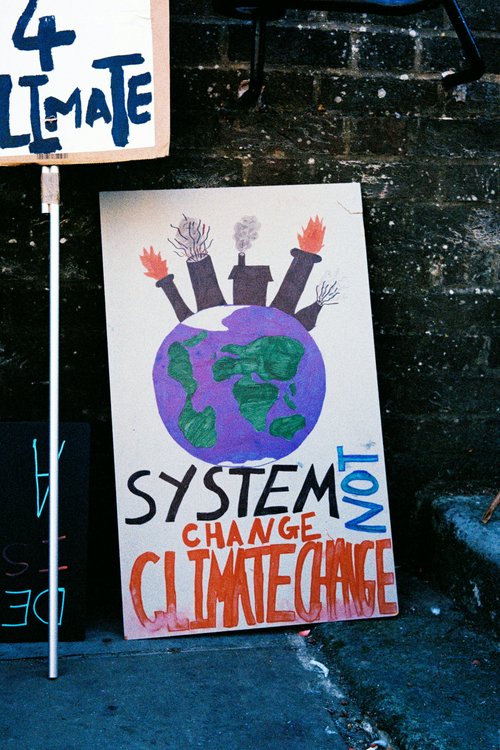Real Zero, Not Net Zero!
Tuesday, 09 July 2024By Christopher Gleadle

Net Zero is seen as a key goal in the fight against climate-change. The idea behind it is simple: Net Zero carbon dioxide (CO2) emissions are achieved when anthropogenic CO2 emissions are balanced globally by anthropogenic CO2 removals over a specified period (IPCC).
From when net-zero was born during the Paris Agreement (2015) it has since grown into a highly emotional term following the 2018 IPCC report that stated, to avoid the worst effects of climate change, the world must reach net-zero by 2050. And, while most major economies have pledged commitment to net-zero, for all the pledges, are the targets strong enough? Are they meaningful?
Not Meeting Net Zero
Climate Action Tracker report that many net-zero pledges are poor. Lack steps. Miss sectors of the economy. In addition, meeting net-zero isn’t remotely enough. Emissions and waste need to be cut immediately since it is vital to account for the waste emitted before reaching net zero.
Paying Others
Paying others for carbon credits to sooth a conscience merely moves the goal posts and protects those that carry on with wasteful operations and supply chains while not realising the money they are wasting too. It is great to pay for things like protecting woodland that may otherwise be cut-down. But the issues are that carbon offsets are touted to be an effective route to net-zero, yet, in the real world they are difficult to verify and justify. It’s an unregulated market place with poor behaviour and no guarantees to long-term delivery. Consequently, it is vital to not rest on your laurels thinking you are doing your bit. Most likely you are not, and, at the same time, missing what you could be doing to root out waste, risk, and opportunities forgone.
Real Zero Not Net-Zero

Real Zero is no emissions – whatsoever. The journey to net-zero must account for how much waste – emissions are a waste stream – is created beforehand, that will determine the success of net-zero targets when they are said to have been reached. For example, removing emissions from chemical-fertiliser use is going to prove difficult without seeking out bio-tech alternatives that can reduce reliance on chemical fertilisers, and repair the long-term soil damage caused by those fertilisers as well as address many other interdependent issues simultaneously.
Concurrently, the drive for technologies that tackle CO2 removal such as direct-air capture still ignores actions that can have immediate positive effects such as behavioural approaches to considered best practice of organisational constructs that stymies progress. As a result, performance is shackled by embedded waste, risk, cost and missed opportunities by an over reliance on traditional management approaches that are part of the problem to climate-change in the first place.
As a result, warming feedback loops could mean that upon reaching the magic target of net-zero by 2050 doesn’t stop temperatures from continuing to rise since an interdependent component of the journey is how much we emit overall. Even more carbon removals are needed to address both the waste in the journey and address the waste in the overshoot to maintain net-zero and begin to think about CO2 concentrations coming down.
System Change Not Climate Change
We need balance from systemic change from the mechanistic linear approach currently taken to address climate change. A systemic approach can not only start to address the issues discussed here, but embed an equitable element too, which is vital for targets to be met. For example, performance improvements in the human element, and maintaining and improving carbon sinks as a way to permanently dispose of the carbon, are conjoined since both approaches swap a waste stream to a food stream.
Christopher Gleadle, July 2024
Image credits : Top- Image generated using Hotpot.ai : Bottom by Scott Evans, Unsplash